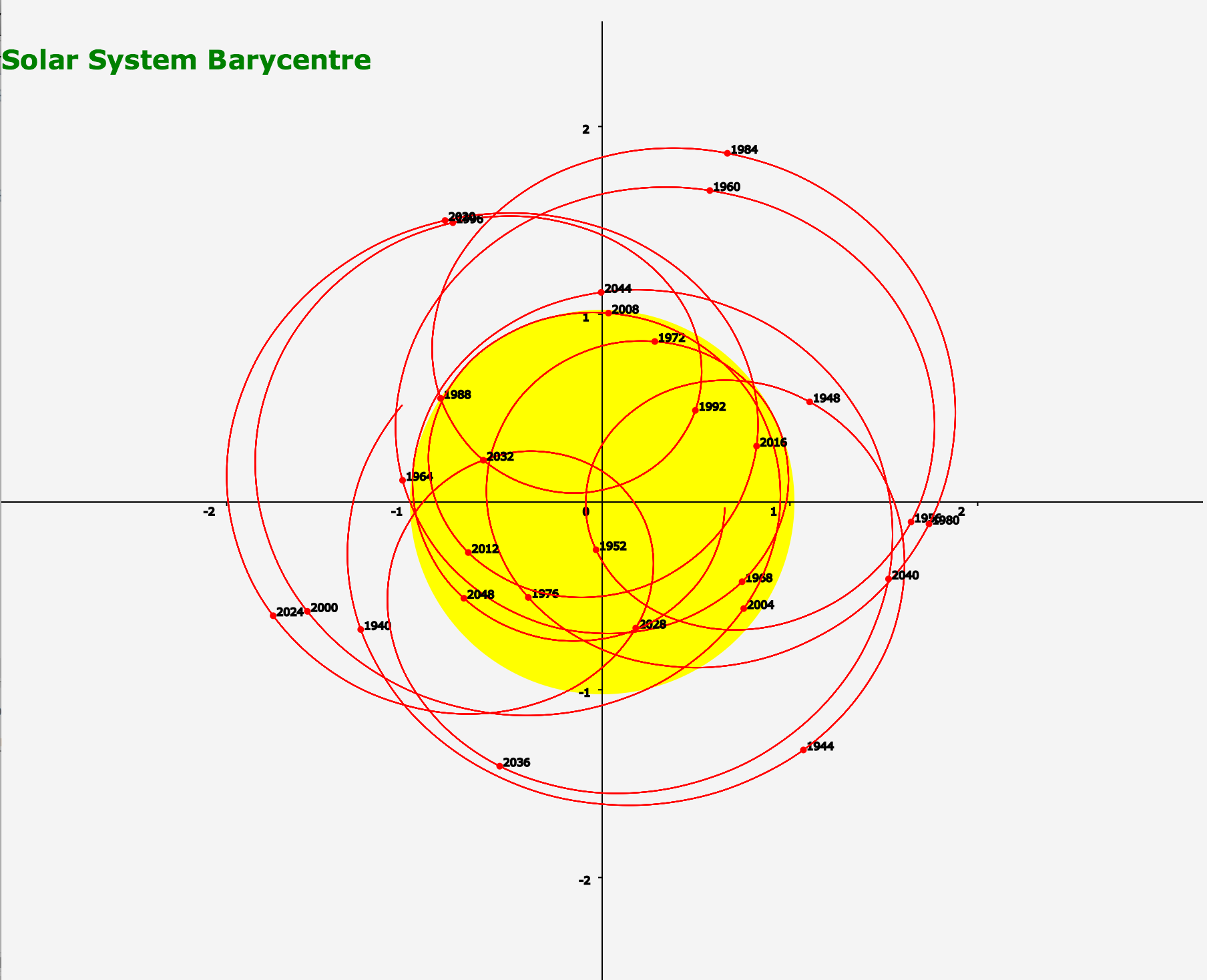
There is a position when both hemispheres receive approximately the same amount of heat. The weather conditions change every six months. During this time, the solar heating is greater in the north so we have summer there, on the other hand less direct solar heating causes winter season in the southern part of our planet. The Northern hemisphere is tilted towards the Sun one part of a year and during this time the southern hemisphere is diverted. So what actually causes our four-year cycle? It is the position of the Earth’s axis, which is tilted 23.4 degrees relative to the plane of its orbit around the Sun. This tilt causes our yearly cycle of seasons. Such a year is called a leap year and the extra day is called a leap day. If we want to keep our annual calendar system consistent with the Earth’s orbit around the Sun, then every four years one day is added to the standard year. The extra quarter of a day presents a challenge to our calendar system. We all know that our calendar has 365 days per standard year. These movements of the planet change the amount of light that each hemisphere receives, thus causing the changing of seasons. The Earth’s rotation axis is tilted relative to the imaginary space orbit around the Sun. This imaginary plane is called the ecliptic plane. Position of northern and southern hemisphere toward the Sun varies depending on the season. Complete orbit around the Sun takes about 365.26 days. It takes the planet Earth about 23.9 hours to complete one rotation on its axis. Over the course of a year the orientation of the axis remains fixed in space, producing changes in the distribution of solar radiation. On the other hand when the Earth is the farthest from the Sun (aphelion), it moves the slowest. If the Earth is the closest to the Sun (perihelion), it moves the fastest. Earth’s speed is not constant as the Earth orbits elliptical orbit. This means that our planet moves around the Sun at an average speed of 30 kilometers per second. Thus the Earth travels about 107,000 kilometers per hour. The length of Earth‘s trajectory around the sun is 940 million km. As a result of the precession (a slow movement of an axis of a spinning body around another axis due to a torque such as gravitational influence, casuses a change of direction of the first axis) and nutation (a periodic variation in an inclination of an axis of a rotating object) the change of a rotational axis direction occurs. But Earth’s rotation and speed is even more complex: There is a long term slowing of its rotation due to the tidal forces of the Moon and Sun. This movement along with the fact that its axis is tilted to the ecliptic plane is causing the changing of seasons. Earth also moves around the Sun on the ecliptic plane in an elliptical orbit.

The farthest point is called aphelion.Įarth’s rotation around its axis results in the alternation of day and night. Our planet rotation The point at which a planet is closest to the sun is called perihelion. A sidereal day is a period that takes the Earth to rotate around its axis so that the distant stars appear in the same position in the sky.

This is the reason why the stars appear about four minutes earlier in the sky every day. This is called a sidereal day which has a duration of 23 hours 56 minutes and 4.1 seconds.

Therefore the Earth gets in the same position relative to the celestial stars in a shorter time. Our Earth doesn’t rotate just around its own axis, but it also orbits in the same direction around the Sun and moves a little bit on orbit every day. One complete rotation around its own axis relative to the Sun is called a solar day and has a duration of 24 hours. An axis is an imaginary line that runs from the North Pole to the South Pole. If you look on the Earth from the northern hemisphere, it rotates counter clockwise. Our planet Earth rotates around its axis from west to east. The sidereal day is ~4 minutes shorter than the solar day A solar day is the time it takes for the Earth to rotate about its axis so that the Sun appears in the same position in the sky. A sidereal day is the time it takes for the Earth to rotate about its axis so that the distant stars appear in the same position in the sky.


 0 kommentar(er)
0 kommentar(er)
